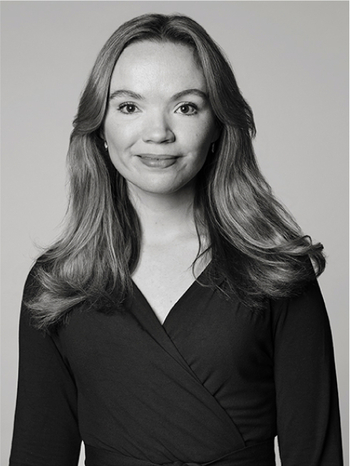Wilhelm Kåge
Wilhelm Kåge, a 73-piece dining and coffee service, "Guldstjärna", Gustavsberg.
Bone china with green and gold decoration.
12 coffee cups with saucers, cups' height 5 cm, saucers' diameter 13 cm.
12 side plates, diameter 17 cm.
1 milk jug, length 12.5 cm.
1 cream jug, length 10 cm.
1 sugar bowl with lid, height 10 cm.
1 coffee pot with lid, height 19 cm.
1 gravy boat, length 21 cm.
2 serving bowls, length 19.5 cm.
2 serving bowls, length 19.5-24.5 cm.
2 serving platters, length 30-33.5 cm.
2 serving platters, length 25 cm.
12 dinner plates, diameter 24 cm.
12 soup plates, diameter 24 cm.
12 starter plates, diameter 21.5 cm.
11 saucers are included.
Minor surface wear, some parts with scratch marks. Small chips are present.
Designer
Wilhelm Kåge was a Swedish artist and ceramicist. Kåge is known for his ceramics for the Gustavsberg porcelain factory, where he was the artistic director from 1917 to 1949. Kåge studied from 1910 under Carl Wilhelmson at the Valand Academy of Art in Gothenburg and later under Johan Rohde in Copenhagen, where he became acquainted with Gösta Adrian-Nilsson (GAN) and grew closer to modern art. He studied graphic art in Munich and began his artistic career by designing posters for theatres and exhibitions, among other things. His connection with Gustavsberg was facilitated through the Swedish Society of Crafts and Design, as Gustavsberg needed new products for the Home Exhibition at Liljevalchs in 1917. He went on to design around thirty different dinnerware sets, as well as art pottery, colourful faience, stoneware, and various series of art pottery such as Carrara, Surrea, and Våga. In 1942, Kåge, together with Stig Lindberg, established the Gustavsberg Studio, which became a kind of aesthetic laboratory for art pottery.
At the Stockholm Exhibition in 1930, Kåge presented Gustavsberg's future sales success "Argenta," a series of art pottery primarily glazed in green but also in red, blue, brown, and celadon green, and decorated with various silver designs based on Kåge's sketches. Argenta became very popular and was produced well into the 1970s. The powerful stonewares "Farsta" were also presented at the Stockholm Exhibition and they became the ones closest to Kåge's heart and with which he continued to experiment throughout his life. The pieces improved over the years, and the most impressive and many of the most sought-after items were created by Kåge during the 1950s.
























































